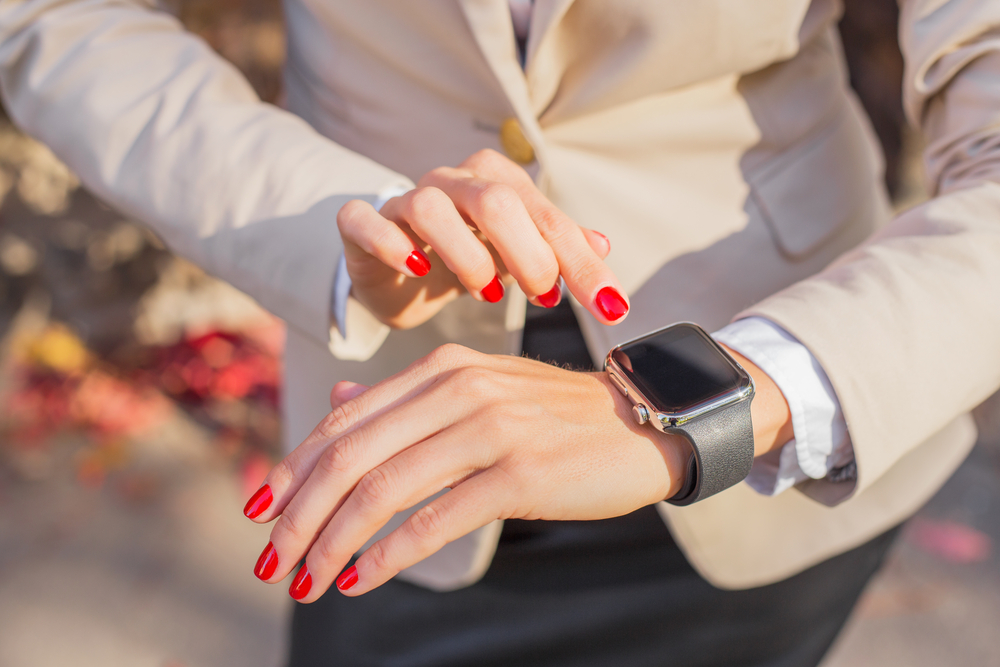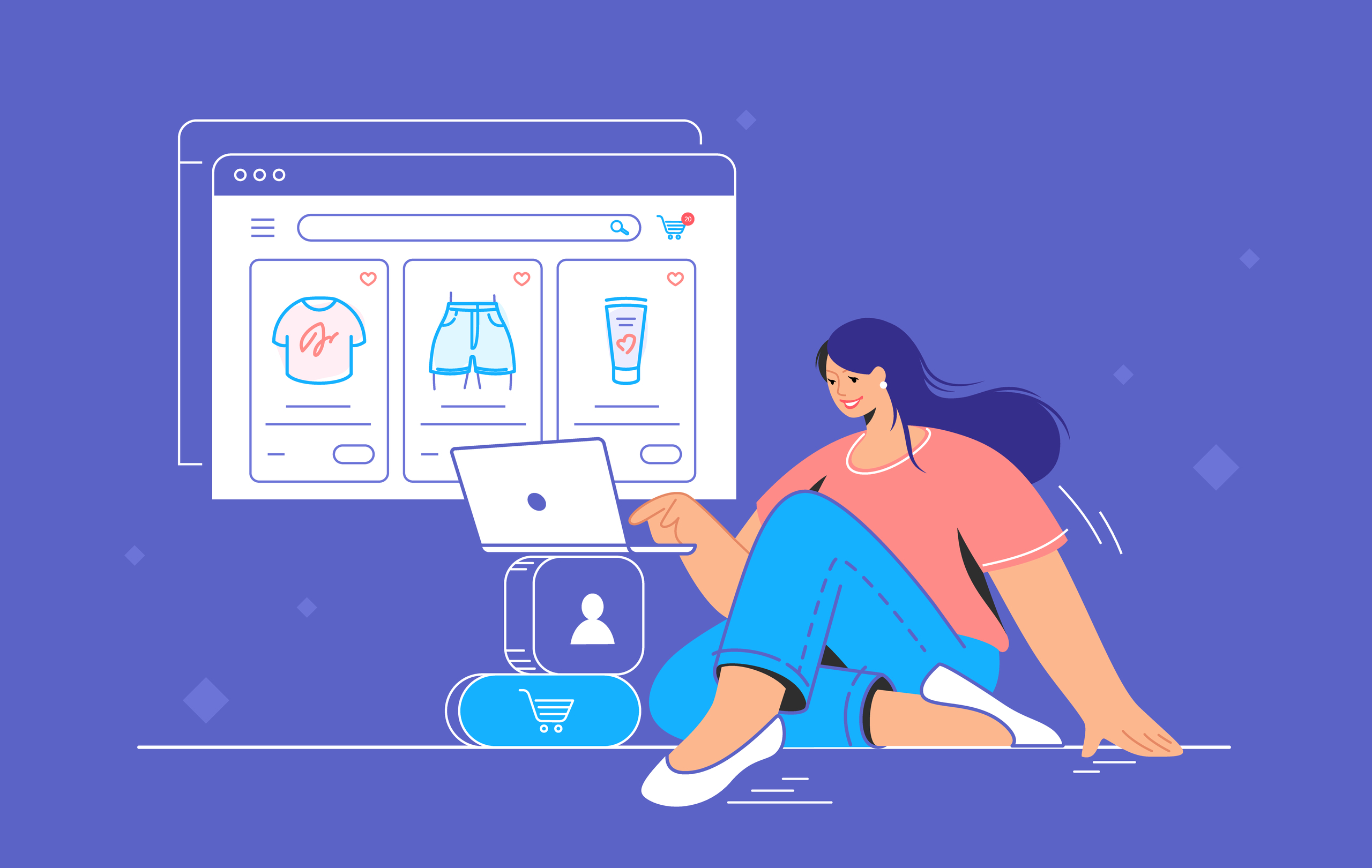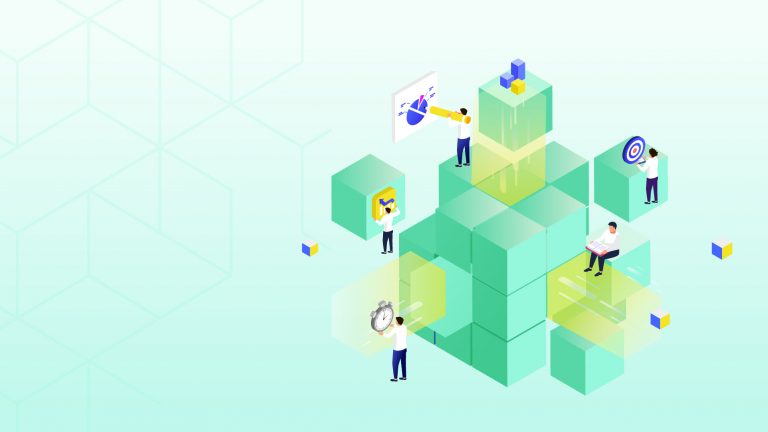5 Fashion Tech Trends To Watch Out For In 20227 min read
Table of Contents
The new year is here, and the season for trend forecasting is just beginning! Articles, podcasts, videos and logs on what to expect in fashion retail this year are doing the annual rounds on the internet.
If there’s one thing all reports agree on, it is that technology will play a huge role in Fashion retail this year. “But, hasn’t that always been the case?” we hear you asking. Indeed, a technological transformation has always reshaped the retail industry, usually in a good way. The advent of ecommerce was a massive thrust for the industry at large. With the help of marketplaces and standalone web stores, retailers who couldn’t dream beyond their retail outlet can now sell anywhere in the world.
The next significant transformation was, of course, the invention and widespread adaptation of the smartphone.
Now, at the beginning of 2019 we stand on the threshold of another major transformation, and that is going to be driven by Big Data and Artificial Intelligence. Early adoption began in 2017 but the time has now come for AI to become the norm. Just like no one can imagine not having an online presence in today’s times, in 2019, it will be data’s turn to shine.
The change will be visible most significantly in fashion, with both luxury retailers and mid-segment ones latching on to the wave of change to drive more sales in a conservative economy, reduce losses and improve margins overall.
Here are five technology trends that we predict are most likely to influence fashion retail this year.
Data, Please Fix My Forecasting
In fashion retail, forecasting is everything. Being able to predict how much inventory is needed with a fair degree of certainty is the backbone on which that season’s success or failure depends. Particularly in fashion where the seasons change every quarter and today’s trend is tomorrow’s vintage collectible, forecasting with a great deal of accuracy is very important.
What better way to do it right than by consolidating all past data? Today, every fashion brand knows just how well a trend can be expected to perform. When combined with past sales data, the resultant estimates are as close to reality as they can get.
What’s more, the trends in fashion themselves can be forecast today! Google’s Trendspotting division has one job- to use their mammoth data troves to identify which clothing styles are most likely to take off in the coming year. While the results today aren’t sophisticated enough to predict creative trends (such as the urban prairie over, say, gingham), the machines can tell us whether boyfriend jeans are in, or the skinny versions.
Because data has the ability to be impartial, and by virtue of the massive amounts of it available to us today, we can safely rely on data to give us production-related answers that are accurate and unbiased.

More Than Just Mirrors On The Wall
Among all the promising innovations Augmented Reality (AR), has been the most successful in adapting to use cases across functions and industry. AR applications are usually facilitated through a device we are already attached to- our smartphone.
In fashion retail, its application has been used in the form of AR mirrors. Neiman Marcus famously debuted these mirrors that could help customers ‘try out’ different styles, find products in store and much more.
With the introduction of Google Lens, we can expect more stores to go the AR route. Google Lens is a revolutionary technology that allows users to see the world through new eyes. Its applications today range from real-time language translation to identifying new objects. All you need to do is point your camera at anything, and get instant information about the object you’re looking at.
In fashion retail, the Google Lens feature can be used to look for similar products within the store, find deals on the same products online, and even understand the form, fit, and function of that item without actually having to wear it. It can also be extended to help people create wishlists and share them with others.
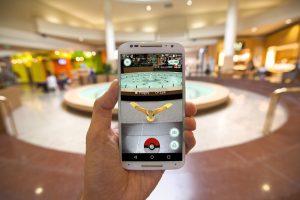
Haven’t had a chance to experience Augmented Reality yet? If you’ve played Pokemon Go, you’ve already experienced it! Sephora’s Virtual Artist feature is also a good place to start.
Mapping The Customer Journey
Today, brands have ample information around every customer who makes a purchase with them. The only gap area is in the fact that many fashion businesses are unable to use all of this data effectively.
In an exciting webinar on customer satisfaction hosted by Vue.ai® last year, Forrester’s VP Brendan Witcher remarks that buying a single product is not an expression of the whole individual. For example, if one were to buy a notebook, that does not mean they will always buy notebooks and stationery. Understanding that people are more than their purchases is important for making relevant product suggestions.
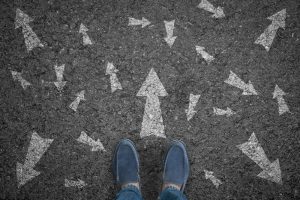
Customer journeys are immensely helpful in this regard. In this approach, we look beyond the demographic data and treat each individual customer as a buyer profile. Indeed, such a task is impossible to undertake without using technology. The software is available today to help track customer behavior over a long period, often across channels that aren’t directly selling anything.
Several aspects can be taken into consideration- what the customer bought previously, how much they usually spend in each purchase cycle, etc. This information can then be used to make highly personalized recommendations. For example, someone who just bought a winter parka for the first time will:
- Not need any more suggestions for winter parkas for a while,
- Likely need other winter accessories such as caps and gloves, and
- Depending on the purchase timing, be traveling to a colder location and would therefore need tips on packing winter wear effectively.
If a similar purchase were to be made at the beginning of winter, the last possibility could be ignored. By letting a system make these decisions in real time, we can be more effective in our communication with each customer.
The Year Of Luxury Retail
The State Of Fashion, Business Of Fashion’s report on the industry in association with McKinsey and Company, is out now for the year 2019. One of the trends that stands out on the report is the rise of luxury retail.
Until last year, luxury retail struggled with a slowing economy as well as turtle-like speeds of adapting to newer trends like omnichannel retail. However, with brands like Louis Vuitton showing the industry how it’s done, there’s no better time than now for luxury retailers to make plans for more growth.
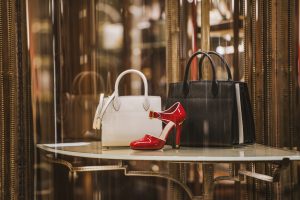
This is because 2019 is predicted to be a good year for the segment, with nearly 97% of the ‘superbrands’ coming from the luxury segment alone. With this in mind, we can expect the use of retail management software to percolate into the luxury segment.
Up until now, inventory management has been the prerogative of a basic counter-like software product. However, with brands in this segment expecting to sell more and to sell across multiple channels, it is only a matter of time before they adopt and use a retail management software product that automates as many retail functions as possible.
Removing Redundancy, AI la Mode
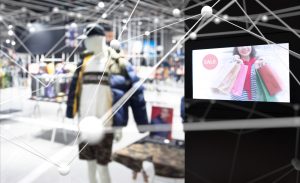
Traditionally, fashion has been plagued by a few issues that are recurring as they are virtually unavoidable. Overproduction is one of them, while deadstock is the other. Also, with consumers becoming more conscious with their purchases, fashion retailers strive to reduce their cost of production while also keeping the means sustainable.
To say that AI can help solve most of these issues would not be an overstatement. Let’s take deadstock, for example. By monitoring inventory without human intervention, AI can help keep better track of just how much a brand is producing, selling and stocking.
Coupled with Machine Learning, we now have the opportunity to calculate required inventory levels better, keeping past trends across the industry in mind. AI can also be used in seemingly inane applications like tracking when a shipping provider’s rates are at their lowest best.
Perhaps the most significant application of AI would be in making production decisions. Using sales data from the market, retailers can choose which facility to produce from to keep the overheads to a minimum. Also, because of better visibility across the board, it becomes easier to choose between one production process over another.
These are just some of the many ways in which AI can be applied to each individual business case. Read the Vue blog for more updates on views and insights on the latest tech trends in fashion and retail.

